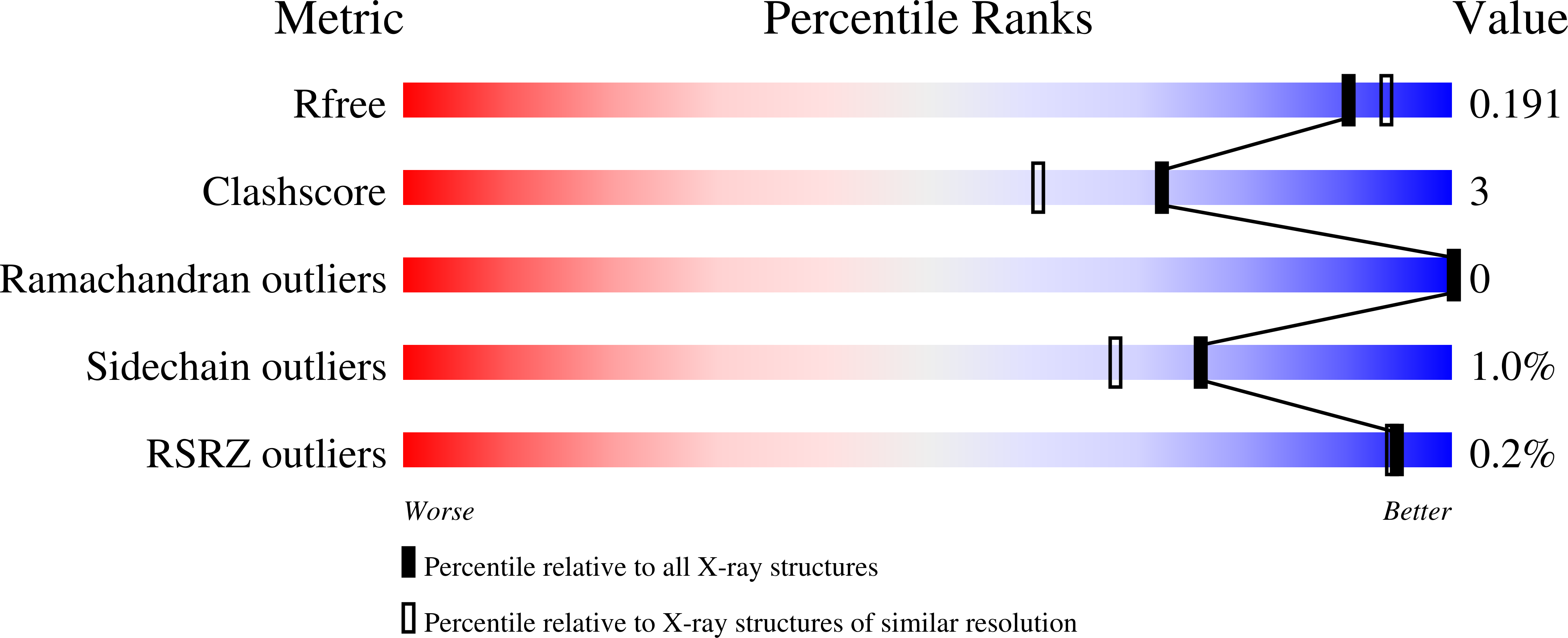
Deposition Date
2022-09-23
Release Date
2023-08-30
Last Version Date
2024-03-13
Entry Detail
PDB ID:
8B5K
Keywords:
Title:
Structure of haloalkane dehalogenase DmmarA from Mycobacterium marinum at pH 6.5
Biological Source:
Source Organism:
Mycobacterium marinum (Taxon ID: 1781)
Host Organism:
Method Details:
Experimental Method:
Resolution:
1.85 Å
R-Value Free:
0.24
R-Value Work:
0.19
R-Value Observed:
0.19
Space Group:
P 1 21 1


